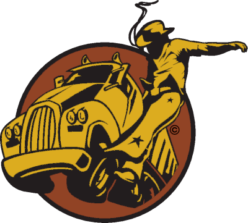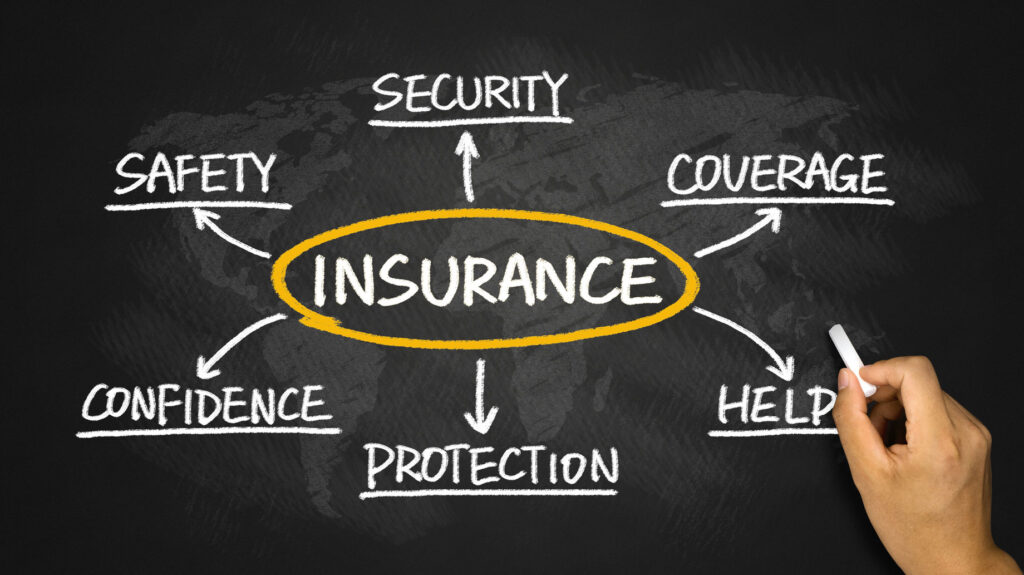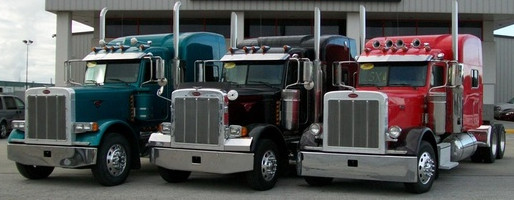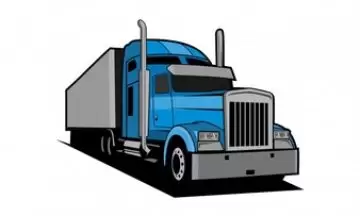
By exercising good safety practices and being proactive with all insurance policies,four of my insurance customers have all recently been rewarded with lower insurance premiums. Not a one of them had to increase their deductibles, lower the stated value of their trucks, remove coverage or anything else. At renewal, their premiums simply went down!
These four customers represent a very diverse cross section of truck owners in our industry. That is why I wanted to share their stories. Each of them are excellent examples of how to operate a trucking company in such a way as to be safe, compliant and above all, lower insurance premiums!
Before we look at my customers and how each of them lowered their premiums, first we need to discuss the realities of the ever increasing cost of insurance. We all know that insurance companies have been raising their premiums. Most have increased premiums anywhere from 20% to 40%. Now let’s suppose that hypothetical insurance company has raised their premiums 30% from the previous year. So if one of the hypothetical insurance company’s insured receives a lower gross premium (last year’s premium was $15,000.00 and the renewal premium is $10,000.00) it represents a total reduction of 60%.
How does that work? It means that the hypothetical insurance company reduced the risk score (“risk score” is my own chosen verbiage to help explain how insurance carriers rate and consider each application before offering a quote with a premium) by 60% for the insured. If the risk score by hypothetical insurance company had remained the same the insured’s premium would have increased by 30% (last year’s premium was $15,000.00 and the renewal premium would be $20,000.00) to accommodate for the premium increase.
All 4 of my customers we’re going to look at employed the same strategies which most of us are aware of. What they all did the same is:
1. CSA scores did not increase
2. No driving or moving violations
3. No adverse road side DOT inspections or non-moving violations
4. No liability insurance claims payments
5. No physical damage insurance claims payments
6. No cargo coverage claims
Now let me introduce you to my customers and what each of them did in addition to the above mentioned which solidified and improved their premium reductions.
Insurance Customer #1:
Is a 36 year old Independent Owner Operator. He entered into trucking last year as both a driver and as an Independent Owner Operator. As most of us are aware, his chosen and virtual overnight path to being an Owner Operator is one of the most difficult ways to enter into this industry. But like me, he is a very determined individual and has survived his first year in business. Because of his efforts, on December 20th, he was rewarded with a 30% gross premium reduction for his insurance renewal this year from last year’s policy. That means his insurance carrier reduced his risk score by approximately 60%. Talk about a Christmas gift!
First, he had 2 personal auto claims that are no longer being considered. Second, he had a moving violation that is also no longer being considered and lastly, he’s now over the age of 35. When MVR violations or insurance claims become a certain age, typically 3-5 years, they no longer count against our risk score. As for age, there seems to be a sweet spot. Generally speaking, older than 35 and younger than 65. Outside of that 30 year period I have noticed insurance companies apply a higher risk score than those within that 30 year age period.
Insurance Customer #2:
Is a small carrier with 2 trucks and 2 trailers (1 van and 1 reefer). The owner is a driver of one of those trucks. The owner has been a driver for over 20 years and he began his trucking company in 2019. His path to having his own trucking company is far more traditional. This year his gross premium for his renewal decreased 33% from last years policy. That means his insurance carrier reduced his risk score by approximately 63%.
This customer’s reduction in premium for his renewal was improved by taking advantage of a safety program offered by the insurance company. This customer enrolled in a program that measured all trucks driving performance via the insured’s ELDs. This program alone accounted for 20% of this customer’s premium reduction for his renewal.
Insurance Customer #3:
Is a 45 year old Army veteran. He has been driving trucks for the past 17 years. Last year he started his own Independent Owner Operator flatbed company operating OTR. He has 2 teenage sons which I am mentioning for a reason. His gross premium for his renewal this year decreased 30% from last years policy. That means his insurance carrier reduced his risk score by approximately 60%.
This customer’s reduction in premium for his renewal was improved by a very proactive and responsible approach to managing his CLUE (comprehensive loss underwriting exchange). It also served for an excellent teachable moment for one of his teenage sons. On our last call when I shared the good news about his premium reduction for his insurance renewal he shared this story with me.
One of his teenage sons parked a motorcycle next to his pickup truck (a personal auto vehicle) earlier this year. That motorcycle fell over and into the pickup truck causing significant damage. His teenage son said “good thing we have insurance for that dad.”
To which my customer replied to his son “insurance isn’t paying for this. You are. Otherwise it can cause both our personal auto policy and my commercial auto (trucking) insurance premiums to increase.”
The customer was right! He also did the very best thing for both the long run and short term. Over the long run it cost far less for his teenage son to pay for the repairs compared to the total cost of higher insurance premiums for years to come. In the short term it taught both of his sons about responsibility, safety and insurance. That will pay dividends for them both for the rest of their lives.
Insurance Customer #4:
Is a 60 year old who was looking for something to do before he is ready to fully retire. He operates a flatbed what I would consider to be regionally. Why I wanted to include him in this article because he even had a liability claim filed against his policy. Even with that claim, his gross premium for his renewal this year decreased 5% from last years policy. That means his insurance carrier reduced his risk score by approximately 35%.
Some readers may be asking, why is Joel including this customer? Great question. The answer will surprise most of my readers! This customer’s reduction in premium for his renewal is not something we would typically be aware of. So I thought it important and valuable to share his story with you. This customer had a 3rd party (another trucking company) file a liability claim against the customer’s policy. The 3rd party accused the customer of being liable (responsible) for an accident and as such, liable for the damages to the 3rd party’s property (truck). The customer fully cooperated with the insurance adjuster assigned to the claim and the investigation. The customer provided pictures, documents, police report and provided a statement.
In doing so it enabled the adjuster to have enough evidence to deny the claim to the 3rd party. Yes, a claim does impact our risk score. But nowhere near as significant as a claim with a payment (financial settlement)! As a result this customer’s risk score wasn’t impacted enough to cause a premium increase for his renewal.
In conclusion – Be proactive to maintain a low CSA score, avoid moving and non-moving violations, avoid claims even on personal auto policies, in the event of a claim be cooperative with the adjuster, be a defensive driver and take advantage of any programs offered by an insurance company to verify your safe driving practices. Employing these practices and not being deceptive to the insurance company, as I have written about several times before, will all result in insurance premiums that are more affordable than if you don’t.
To get more great business tips and trucking news visit Overdrive extra!![]()



 It’s worth its weight in gold!
It’s worth its weight in gold!